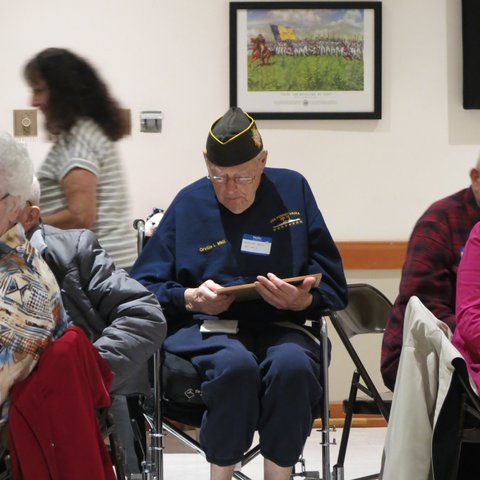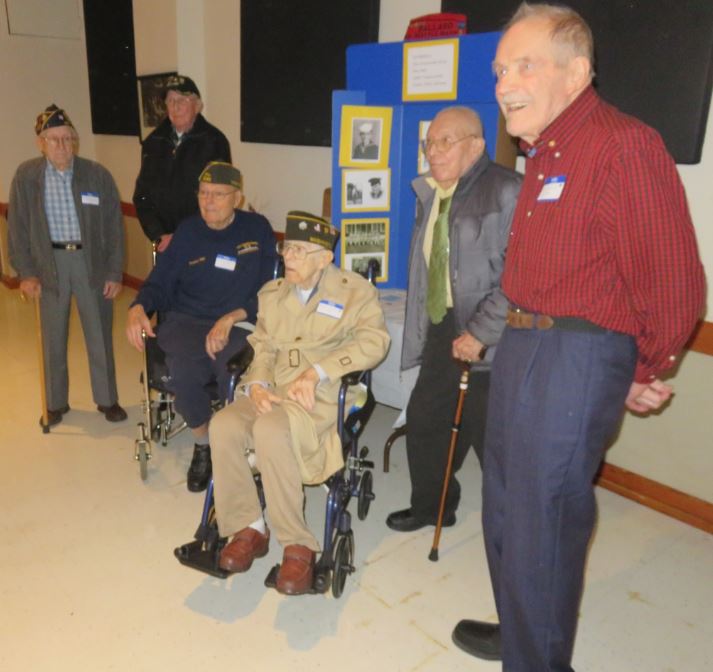Tell us about your new position and what you hope to accomplish during your term.
As Post 3063 Service Officer I help members and their family members file for disability claims and also try to educate and inform members about their veterans benefits. I am especially interested in making sure our senior and elderly veterans are aware of the Aid and Attendance benefit which can help pay for assisted living if they qualify. I am at the Ballard Senior Center the 3rd Thursday of each month for several hours and available at the post by appointment as needed. I also visit several of our WWII Veterans who reside in retirement homes and assisted living.
How long have you belonged to Post 3063 and did you previously serve in an officer position?
I joined Post 3063 in October 2009. I am now a VFW Life Member thanks to the generosity of Post 3063. I previously served as a Trustee for Post 3063.
What is your military background?
I joined the Army in 1975 right after graduating from high school. I was on active duty until June 1977 and was a Radio Operator, serving in the small town of Schwabisch Gmuend, Germany. It was quite an adventure going from a smallish town in Montana to a small town in Germany. I was assigned to HQ, 56th Field Artillery Brigade. I enjoyed traveling throughout Europe while there and my mom even traveled by herself all the way from Montana to come visit me. That was nice considering she was quite reluctant for me to join the Army in the first place. My dad didn’t “protest” too much about my joining the service. He was a WWII Veteran—a Marine who fought on Okinawa. I am so humbled by these courageous WWII Veterans and their service during such a horrible war.
After my active duty service I got out and six months later I joined the Army Reserve. It was a good way to help pay for college in addition to having the camaraderie of belonging to a “select” group of people.
I also was deployed to Baghdad, Iraq in 2004, serving with an Engineer Battalion while living in Missoula, Montana.
I retired from the Army Reserve in June 2015 and also from my civil service career where I served as a Military Technician since 1996. My last duty station was in Marysville, WA with the 364th Expeditionary Sustainment Command.
What do you enjoy most about belonging to the VFW?
I like helping people so I enjoy being a service officer. There are many great people in our post and I enjoy working together with them to help our fellow veterans, those who are currently serving and their family members and to make our community a better place. I think we all have a responsibility to do so.

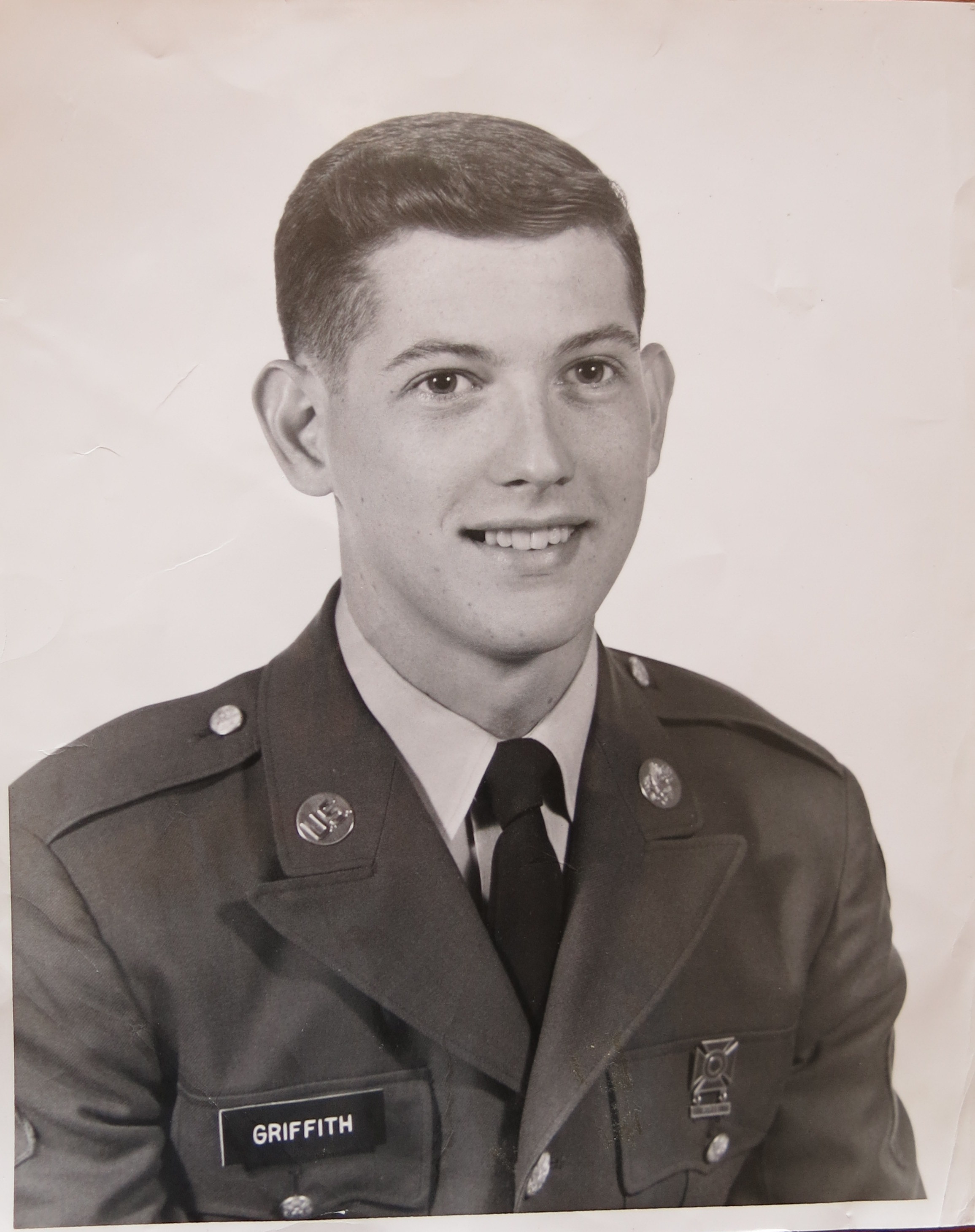
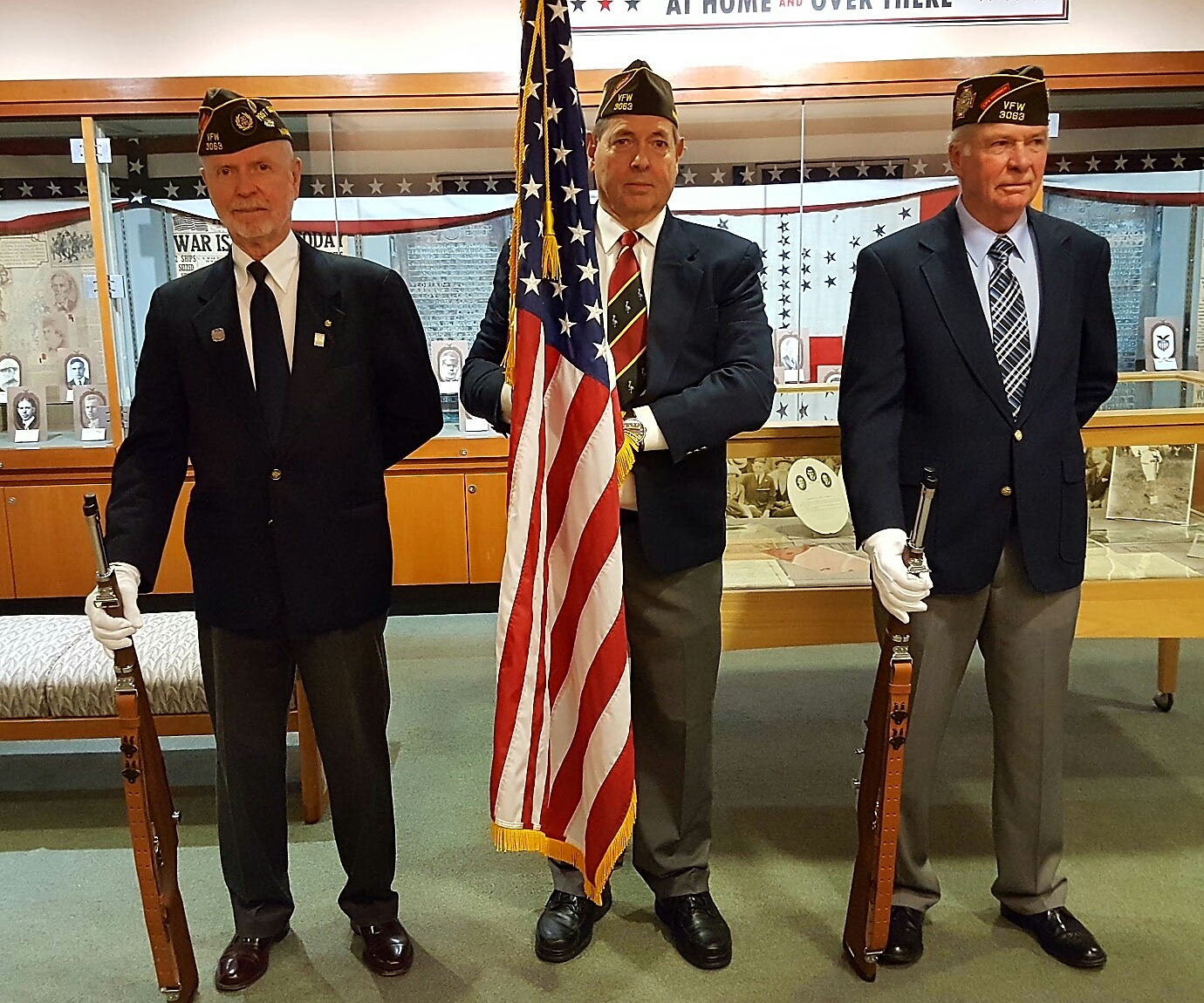
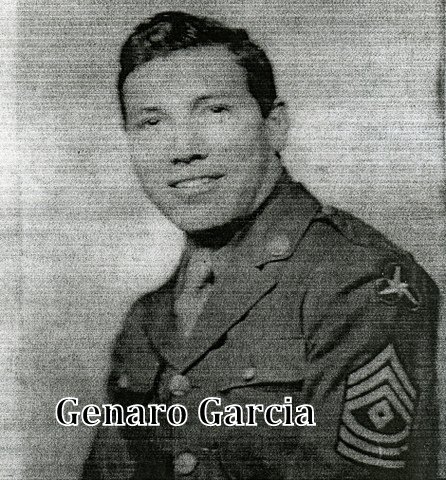 ceremony. Members included Oscar Borchelt, Genaro Garcia, Herbert Leake, Al Linden, and Orville Mall, and the two guests were Richard Smith and Kristian Nielsen.
ceremony. Members included Oscar Borchelt, Genaro Garcia, Herbert Leake, Al Linden, and Orville Mall, and the two guests were Richard Smith and Kristian Nielsen.